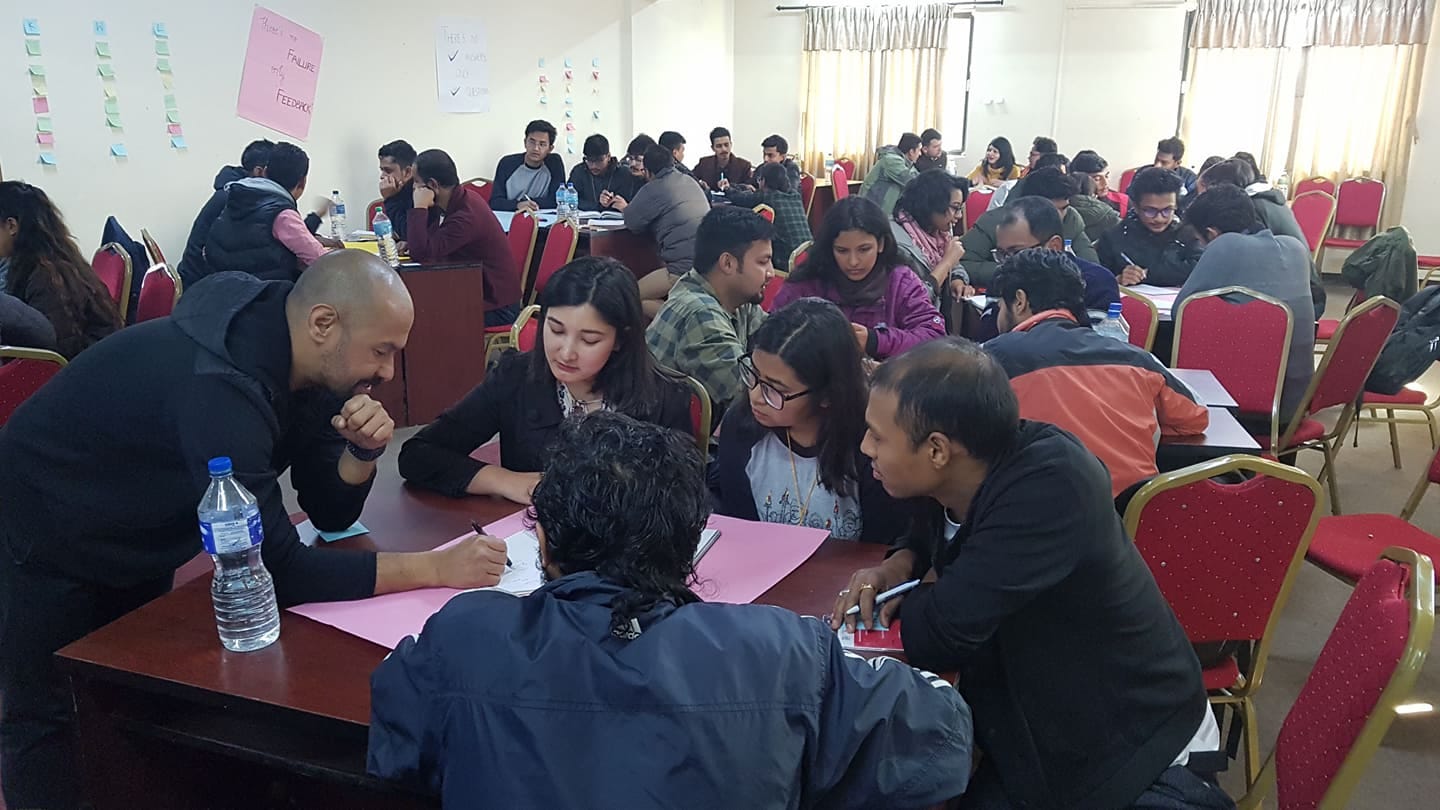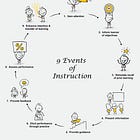First, A Common Language
Before we go into the issue at hand, we will have to agree on how learning happens. We must agree on a common language around how to define learning and what it means.
Otherwise, we will end up in this situation: “म कुरा गर्छु आग्राको, तिमी कुरा गर्छौ गाग्राको”. This is a popular Nepali proverb. I don’t know a similar proverb in English. But it could be something like this.
“Who are you?”
”Yu.”
”No, not me, you?”
”Yes, I am Yu.”
”Are you deaf?”
”No, Yu is blind.”
”I’m not blind. You blind.”
”That is what I just said.”
It will sound like we’re talking about the same thing, but we are not. And we end up hurtling words at each other.
A lot of times, especially in the social media, people debate/argue/discuss about learning by mixing it with education in philosophical, ideal and morality levels. Then the whole discussion goes haywire.
There’s a time and a place to talk about “गाग्रा” but right now I’m talking about “आग्रा”.
Learning as a Cognitive Process
Since learning as a noun has several meanings, therefore let me focus only on learning as a verb inside the brain of a learner. That way we can chop away the philosophical vagueness and narrow down to the concrete meaning of learning.
So in defining how learning happens, let’s take help of a cognitive scientist Peter Doolittle.
“We learn what we process.
If we're not processing, we aren't learning.”
This definitely needs an elaboration. So, learning happens when:
We attend to the content/information and store that immediate experience in our working memory.
We are able to reach back into our long term memory and pull relevant prior knowledge of it as we need it.
We are able to mix/connect both new and old information.
We are able to processes/make meaning out of it, in light of the current goal or context.
So, the keywords are: Attention, New information, Working Memory, WM capacity, Longterm Memory, Prior Knowledge, Processing, Meaning, Goal, and Context.
Making Learning Meaningful
And to make sure the learning process is DURABLE, DEEP and MEANINGFUL, here’s what a learner must do:
Process the information immediately and repeatedly.
Think elaborately and illustratively.
Use images; think/write in images.
Organize & structure information in a way that makes sense.
Use external supports - charts, tables, etc until it becomes second nature.
Test yourself time and again (to avoid illusion of understanding and illusion of mastery).
Otherwise, just because you attended to the information (experienced something, watched a Tedtalk, read a book, participated in an activity, listened to an expert’s lecture), it does not necessarily mean you learned it.
This is why a lot of students (and even teachers) end up complaining about the education system. “I went to the school. I listened to the teacher. I read the books. I did the project works. I took part in all the activities. I studied. I took the exams. But after all these years, I don’t think I learned anything.”
That’s a valid complain. Because what usually happens is teachers/students put a lot of focus on the experience part of learning while neglecting the processing part. Learning by “doing” is not enough without “processing” on what the students did.
Let me end this post with this classic statement by another cognitive scientist Dan Willingham, “Memory is the residue of thought.” And, my own spin on it, “Learning is the residue of processing.”
From the archives:
Check out these previous posts on how learning happens.
The learning part and the performing part.
The learning continuum which is Linear first, and then Non-linear. Structure first, freedom second.






